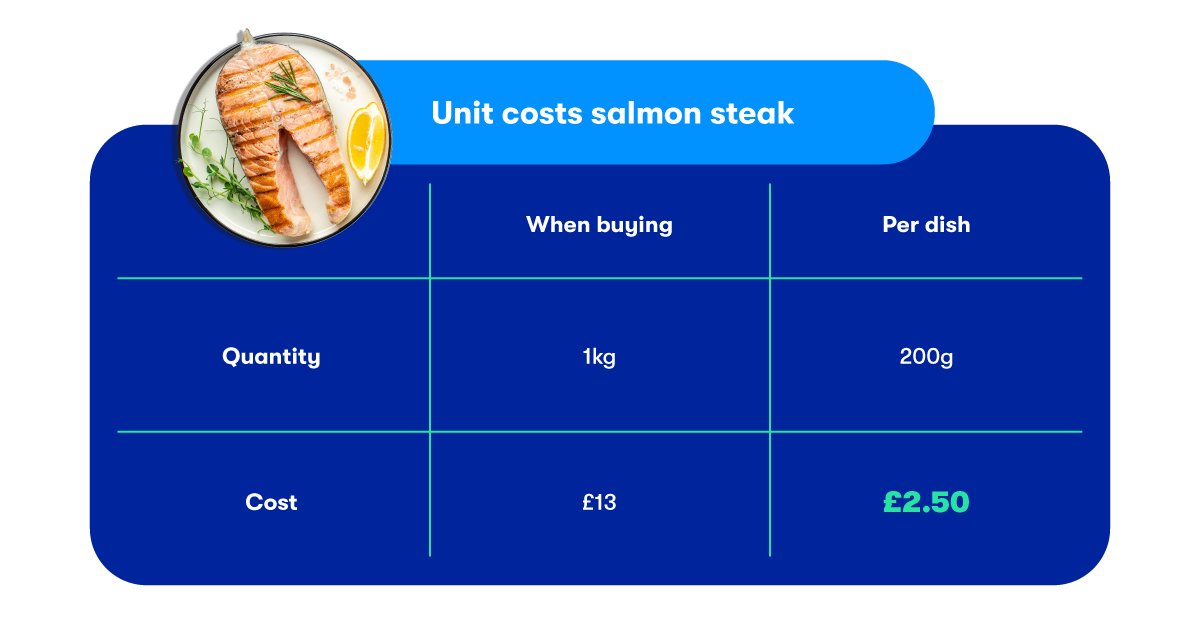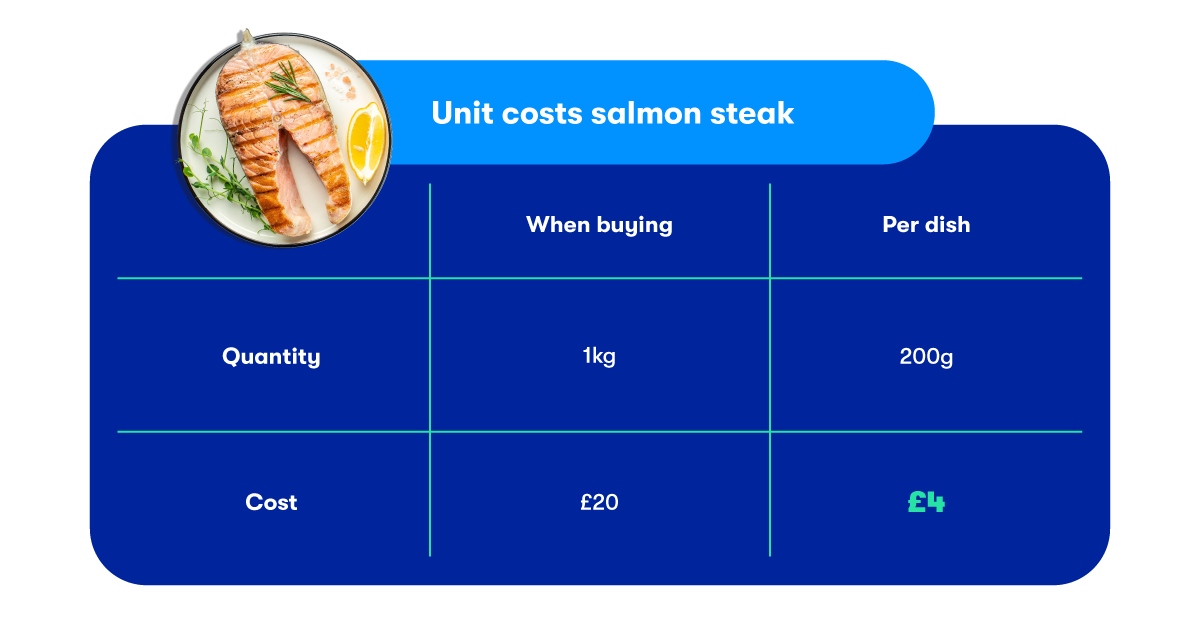21/08/2023
When the chef of a restaurant is also its manager, their day-to-day work is almost as much about calculations as it is about cooking. Drawing up a menu is an art driven by customer satisfaction, culinary creativity, and cost: restaurateurs must make a profit after paying their fixed and variable costs. As such, restaurant margins are generally between 7-22% of sales. If we add a marketing budget (up to 3% of sales) or franchise fees (between 1-5%), we can lower these already low margins even further.
Traditionally, a restaurant's expenditure items are:
- the cost of raw materials (between 28-32% of sales),
- labour (also between 28-32%), and finally,
- the operating cost, which includes rent and energy costs (between 22-29%).
As such, restaurant margins are generally between 7-22% of sales. If we add a marketing budget (up to 3% of sales) or franchise fees (between 1-5%), we can lower these already low margins even further.
In 2022, restaurateurs saw their energy bills rise, the price of raw materials soar, and their employee salaries increase in the face of recruitment difficulties. According to a study by the consulting firm KPMG, the cost of raw materials alone now accounts for 34.2% of restaurant owners' pre-tax turnover, an increase of 2-4% compared to 2021.

Has your restaurant faced considerable increases this past year—to the point where you’re unsure if every one of your sales is still profitable? If so, it’s time to take out your calculators.
In this first part of a new blog series dedicated to restaurant profitability, we’ll explain how to calculate your net profits and how it can inform your most important decisions, including pricing.
1. Defining & calculating net profits
What are net profits exactly?
Net profits refer to the money restaurants make after paying variable costs—ie. fresh food—and fixed costs like wages, rent, and energy costs.
Net profits can be calculated in relation to overall sales but also in relation to a single unit, like a cocktail or a signature dish.
Here's how you calculate net profits
Net profits refer to the money restaurants make after paying variable costs—ie. fresh food—and fixed costs like wages, rent, and energy costs.
To illustrate the calculation of net profits, let's look at a single dish.
The first expenditure to analyse are variable costs—in this case, fresh food. Let's imagine a 200g salmon steak on your restaurant menu served with fresh tagliatelle and sauce, priced at £18.
Here’s how much the salmon steak is costing you per dish: 
If we assume the cost of the tagliatelle per dish is £1.15, the total food cost per dish is then £3.75.
Knowing this, we can already calculate the gross profit of the dish, by applying the formula:
Gross profit = selling price - cost of raw materials
Gross profit = £18 - £3.75 = £14.25
To obtain the net profit on the dish, you then need to subtract fixed costs such as wages, rent, and energy costs. To find out the amount of these fixed costs per dish, start by measuring fixed costs compared to your restaurant's annual turnover.
Annual turnover = daily covers x average order basket x opening days
Let's imagine you have a restaurant with 470 average daily covers (including delivery orders), an average order value of £18, and that you open 235 days a year. Your annual turnover would then be £1,988,100.
Let's now imagine the following cost structure for your restaurant:
- Annual payroll and HR management costs are £550,000 per year.
- Operating costs (rent and energy costs) are £490,000 per year.
These two figures allow you to measure your fixed costs compared to annual turnover:
- Labour costs = 550,000 / 1,988,100 x 100 = 27.66% of the annual turnover
- Operating costs = 490,000 / 1,988,100 x 100 = 24.65% of the annual turnover
Assuming that each dish requires the same investment in labour and energy, you must deduct 27.66% and 24.65% respectively from your selling price to obtain the amount to be subtracted from the gross profit.
The graph below shows the net profit per dish or, in other words, the contribution of one sale of this dish to your restaurant's annual turnover.
.png?width=850&height=444&name=Blog%20series_pt1_Figure-3%20(5).png)
Labour costs = 27.66% of £18 = £4.97
Rent & energy = 24.65% of £18 = £4.44
2. The expected benefits of calculating net profits
Identify your bestsellers
Calculating net profits is essential when putting together a menu. By knowing the precise profit made on each dish, you can choose to visually highlight highly profitable dishes on your menu, for example, or include them in lunch specials that are attractive to the consumer. Dishes with low raw material costs, such as pasta or risotto, are traditionally ideal candidates.
Define your menu strategy
Calculating net profits also enables you to define your "menu strategy", which is generally based on a distinction between a "lunch menu" and a “dinner menu".
A restaurant's lunchtime clientele is often made up of office workers having lunch with colleagues. Lunchtime is a "functional" time: customers are primarily interested in eating at an affordable price.
Evening customers, on the other hand, are more likely to be families, groups of friends, or couples. This is a clientele looking for a special experience, who choose the restaurant in advance and often make a reservation. Their expectations are therefore higher, but they’re more willing to spend. Evening customers in particular tend to order alcoholic beverages, which restaurateurs take a substantial margin on, while alcohol consumption is rarer at lunchtime.
By calculating the net profits of an average order at lunchtime and an average order in the evening, you can adjust your prices for each service. For example, you can take advantage of your evening clientele spending more and apply a higher mark-up. This will enable you to offer more attractive prices on your lunch menu and increase the average number of covers.
Understand the impact of inflation on margins
Finally, at dish level, calculating net profits allows you to understand the impact of food price increases. Knowing this enables you to decide whether to up the price of your dish or substitute certain products with cheaper ones to maintain your margins.
Let's take the above example of the salmon steak and tagliatelle. Let's imagine that the price per kilo of salmon rises from £13 to £20.

If the cost per dish of the tagliatelle also rises, from £1.15 to £1.50, the total food cost per dish is now £5.50.
That’s 30.55% of the price paid by the consumer (£18), compared with just 20.83% previously.
“This Wednesday morning, salmon was selling for 20-22 euros a kilo, excluding tax, compared with 13 euros a few weeks ago. In this situation, people are switching to other less expensive fish such as cod.”
– Laurent Fréchet, Executive President of France’s main Hospitality & Restaurant Union
If, at the same time, energy bills and labour costs increase, your profits can take a serious hit.
In the graph below, it’s easy to see how small price variations in food cost, labour, or rent can threaten your profitability. With the food cost of the salmon dish rising by 47%, and fixed costs by 10% and 11%, your profits would be a staggering 56.61% lower after inflation.
.png?width=850&height=444&name=Blog%20series_pt1_Figure-4%20(3).png) The good news is you know everything you need to adjust your prices upwards in times of inflation or to substitute certain products with less expensive ones.
The good news is you know everything you need to adjust your prices upwards in times of inflation or to substitute certain products with less expensive ones.
What about your different sales channels?
While calculating net profits per dish helps you to balance your menu and ensure that prices are high enough on average to guarantee sufficient margins, the same exercise can be done to compare the profitability of your different sales channels.
This comparison of the different channels can be found in the second part of our series of articles devoted to the search for profitability in the restaurant industry. Stay tuned!
45% of retailers & grocers choose ship from store delivery as their first choice
45% of retailers & grocers choose ship from store delivery as their first choice
Discover and leverage Stuart use cases
Stay up to date on delivery trends
Choose the last-mile topics you are most interested in and we will take care of the rest

Stuart is Europe’s leading last-mile B2B delivery platform. Since 2015, we’ve been empowering businesses across all industries with fast and reliable on-demand delivery solutions. Our platform instantaneously connects businesses of all sizes to a fleet of high-quality couriers.



